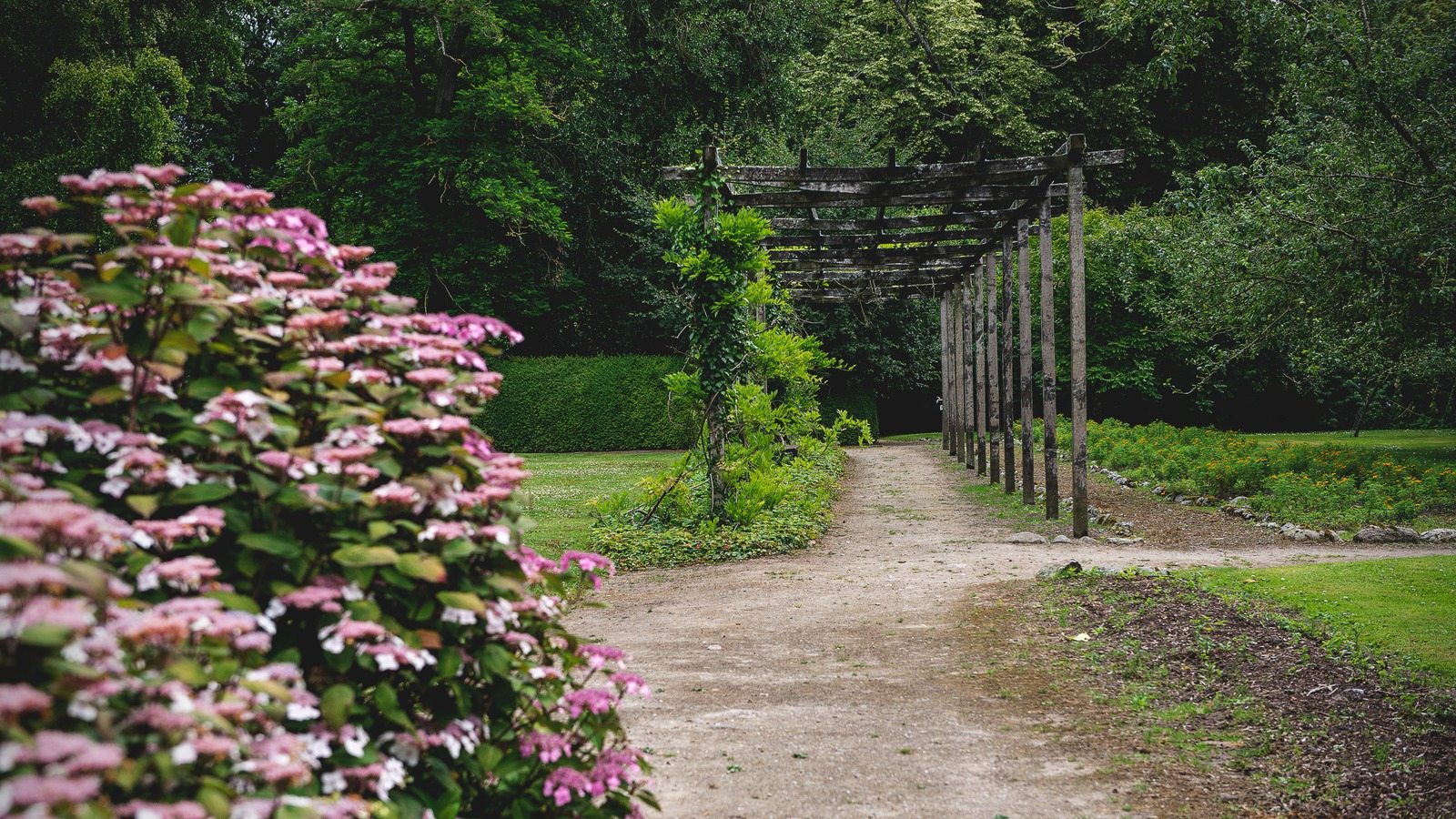Hofmansgave
Overlooked female scientist conducted research at Hofmansgave
In the 1800s, Hofmansgave was something of a powerhouse for research into plants, and it was here that botanist Caroline Rosenberg saw her talent blossom.
In the mid-1800s, it was common to see estate owner Niels Hofman Bang and his foster daughter hunting for plants on the beaches and in the meadows around Hofmansgave Manor. They were both botanists and experts in Danish flora.
How Caroline Rosenberg became the foster daughter of a married couple of estate owners, thereby acquiring both the inspiration and the opportunity to make a name for herself in the field of botany, is the tale of the unpredictable whims of fate – and of a shared fascination with the planet’s plants.
A bout of pneumonia paved the way for the foster daughter
Caroline Rosenberg was born in Holsten in 1810, the daughter of a landscape artist. Her mother died when she was 11, and when Caroline then lost her father at the age of 23, she was keen to move closer to her governess. The governess in question had accepted a position at Hofmansgave and moved to Denmark five years previously.
Caroline came to Odense as a live-in tutor employed by the estate owner’s cousin. A few years later, she was struck down by a severe bout of pneumonia. The owners of Hofmansgave took care of the young girl and later accepted her into their family as their foster daughter.
Caroline Rosenberg thus found herself in a powerhouse of plant research, where she could give free rein to her inquisitiveness and love of science. This was because the estate owner had made his home the hub of botanic research in Denmark.

Caroline Rosenberg became a highly respected botanist
The foster daughter soon immersed herself in the world of plants and greenery. She never took an academic education – that was unthinkable for women in Denmark at that time – but she had no need of one, as she was surrounded by expert teachers. The leading botanists in Denmark often came to visit Hofmansgave.
Caroline Rosenberg was especially fascinated by mosses and algae, and she was happy to share her knowledge in letters exchanged with the botanist community at that time. She also made contributions to the botanic reference work entitled Flora Danica.
She was highly respected and was appointed an honorary member of the Danish Botanical Association in 1866. When she was 87, a Norwegian botanist named a species of moss after her: Bryum Rosenbergiae.
Psst! The potato museum at the manor is one reference to Hofmangave’s history as a pioneer in plant cultivation.
The manor tales are written by Linda Corfitz
